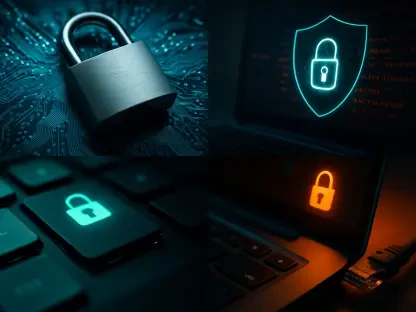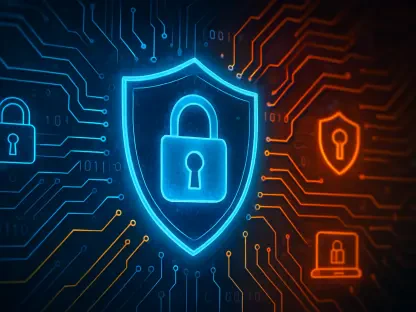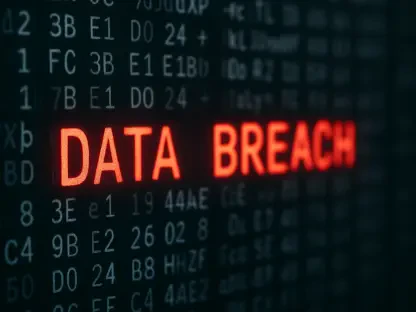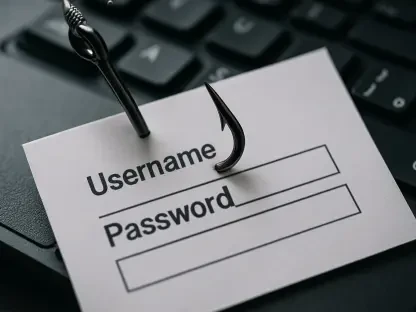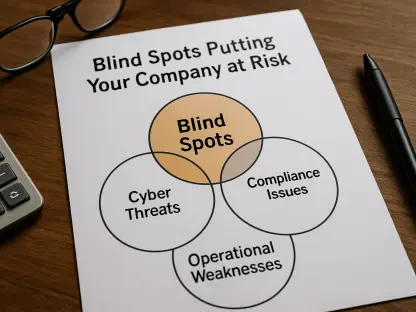Cybersecurity has always been a game of cat and mouse, with all of us constantly having to brush up on the latest threats and defenses to be able to stand a chance at safety. Initially, businesses’ security efforts were pointed outward, ensuring everything inside the walls was safe and sound. Now, however, threats can emerge from inside the castle as well, which is where Zero Trust comes in. It’s a model that doesn’t assume trust based on location within or outside the network. Instead, it verifies every request as if it originates from an open network, not just trust anyone just because they’re part of the company or regularly utilize the system. So imagine a security guard that checks your ID every time you enter a room, not just the building. That’s Zero Trust in a nutshell.
With more remote work and sophisticated cyber-attacks, the old security models just don’t cut it anymore. Attackers can and do find ways to breach the perimeter, and once they’re in, they can often move around freely. Zero Trust treats every access attempt with suspicion, which can significantly reduce the chances of a major breach.
In this article, we’ll dive into how Zero Trust works, why it’s becoming a standard in cybersecurity, and how you can implement it to keep your business safe in an environment where threats can come from anywhere and anyone.
The Core Principles of Zero Trust
The main motto of Zero Trust is simple: “Never Trust, Always Verify”. This means that no one and nothing gets a free pass into your network – not even users and devices inside your company’s firewall. Whenever someone or something wants to access your network, they must prove they’re supposed to be there. Think of it as a skeptical bouncer at a club, constantly checking IDs, no matter how many times they’ve seen your face.
Least Privilege Access
The principle of least privilege is about giving users only the access they need to do their job, and nothing more. It’s like a set of keys; why carry around the keys to the entire building when you only need to get into one room? This limits the potential damage if those keys get into the wrong hands. In a Zero Trust model, access is limited and tightly controlled, so even if a cybercriminal gains access to a network, they won’t have access to roam around freely.
Securing Networks in Compartments
Micro-segmentation takes the concept of least privilege a step further by breaking down the network into smaller zones. Think of a bank with several vaults instead of one big one; even if thieves get in, they can only access a limited amount of money. In computer networks, micro-segmentation means that even if attackers penetrate one segment, they can’t move laterally to others. This compartmentalization of networks and resources helps to contain breaches and minimizes the impact of an attack.
Zero Trust Culture
Making the switch over to Zero Trust is just as much a change of mindset as it is acquiring new software. You also need to change how you think about security, and how the whole company thinks about security. It may seem a bit paranoid, but trusting anything inside the walls of a company just because they’re on the inside can be a big mistake. Keep in mind, though, that this doesn’t mean everyone should turn on each other; think more online, like not clicking on a link just because it came from a colleague. This shift requires everyone in the organization to think differently about how they access data and systems, always prioritizing security.
Training and Adaptation
For Zero Trust to work, it’s not enough for the IT department to set up the system and send a heads-up to the company; everyone needs to get with the program. After all, you’re only as strong as your weakest link, and it would only take one employee who’s not educated on the newest development to fall for a phishing email.
This means everyone from the CEO to the newest intern needs to understand why these changes are happening and how to work within them. It’s like when a company decides to go green. A recycling bin alone won’t cut it if people don’t use it correctly, consistently, and conscientiously. That being said, having regular training sessions and clear guidelines should do the trick to keep any threats at bay and make sure that everyone is on the same page.
Implementing Zero Trust Across the Enterprise
Rolling out Zero Trust isn’t something you do overnight. It’s more like learning to surf; you start on the sand, then move into shallow water, and only then tackle the big waves. Begin with a plan that breaks down the implementation into manageable phases. Start by identifying sensitive data, mapping how it flows across your network, and pinpointing who needs access to what. Then, gradually introduce Zero Trust principles, like verifying identity and limiting access, one step at a time. This phased approach helps everyone adjust without overwhelming the system or the people using it.
Overcoming Common Challenges and Pitfalls
Switching to Zero Trust can feel like fixing a plane while it’s flying. You might run into resistance from team members who find the new measures inconvenient, or you could encounter technical hiccups as you tighten access controls. To smooth out these bumps, keep communication clear and continuous. Offer training and support to help everyone understand the changes and how to navigate them. Think of it as teaching someone to cook a complex dish; detailed instructions and patience go a long way.
Zero Trust and Remote Workforce
With more people working from their kitchens than ever before, securing remote access has jumped to the top of the priority list. It’s a bit like locking your doors at night; you want to make sure only the right people can get in. Traditional VPNs have been like giving a house key to employees; they get access, but it’s not always clear what rooms they’re wandering into. Zero Trust solutions, on the other hand, are more like smart locks that require a fingerprint or a code every time someone enters. They continuously verify who’s trying to access what, making sure that employees only get to the parts of the network they need for their work.
Policy Enforcement for Off-Premises Devices and Users
Zero Trust treats every remote device as if it’s coming from an untrusted network. This means even if someone is using their personal laptop from a coffee shop, the same security checks apply as if they were at the office. Implementing policies like requiring secure passwords, multi-factor authentication, and up-to-date software helps keep off-premises devices and users in line with security standards.
Balancing Accessibility with Security in a Remote Setting
Finding the sweet spot between keeping things secure and not slowing down work can feel like walking a tightrope. On the one hand, you want to make sure data is safe, and on the other, you don’t want security measures to be so tight that they hinder productivity. Zero Trust helps strike this balance by using smart tech that adapts to how, when, and where employees work. For example, someone accessing the network from a known device and location might face fewer hurdles than someone logging in from a new device or country. It’s about making security rigorous enough to protect against threats, but flexible enough to support the way people work today.
Final Thoughts
Zero Trust may sound a bit harsh and dramatic at first, but it’s a much more holistic and collaborative strategy than one may think. It needs everyone’s complete support and cooperation. Otherwise, it’s going to fail, just like any approach. By shifting your mindset and rallying the troops to accept a verification-based network, you’re taking the proactive road and ensuring threats never see the inside of your walls.
By learning from others’ mistakes, as well as those who’ve successfully taken on this strategy, addressing the unique challenges of remote work, and committing to a continuous process of verification and enforcement—companies everywhere can steer their ships in a much safer direction. The Zero Trust model isn’t just a solution for today; it’s the foundation for a more secure tomorrow.


